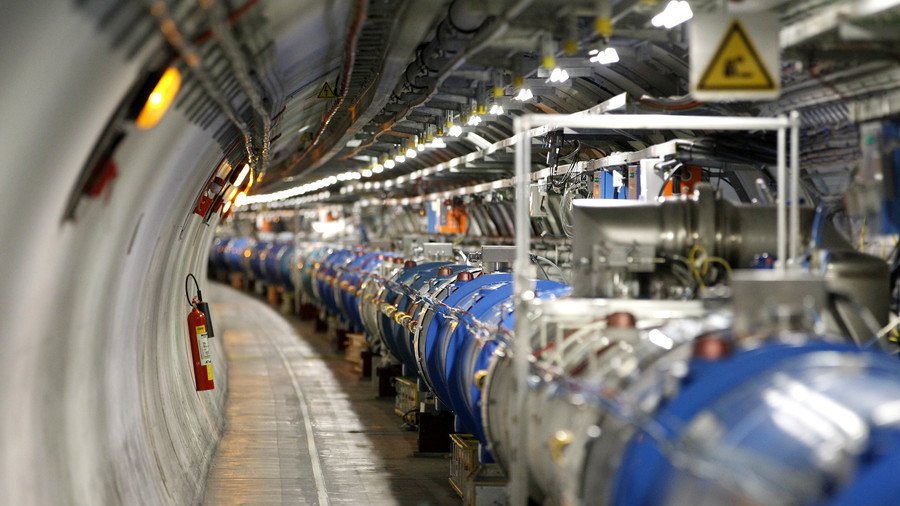Two new particles discovered by CERN scientists, an ‘exotic’ third one on the way

The eggheads at the Large Hadron Collider near Geneva have rocked the world of particle physics yet again, observing two never-seen-before particles and are confident they have discovered traces of a third, more exotic kind.
Operated by CERN (European Organization for Nuclear Research), the discovery was made by researchers working with the Large Hadron Collider beauty (LHCb) collaboration, a team that specializes in investigating the slight differences between matter and antimatter by studying a type of particle called the “beauty quark”, or “b quark.”
The Large Hadron Collider in Geneva is a rare scientific research structure 17 miles long used to accelerate sub-atomic particles to reveal how these particles behave. It is located 500+ feet under the ground straddling the France-Switzerland border. #STEM
— TEKTON Engineers (@TEKTONEngineers) September 21, 2018
The newly discovered particles are also known as bottom baryons and belong to the same family as more familiar baryons such as protons and neutrons, which all come together to make up atoms and the universe around us.
Related particles to the ones discovered had been previously observed by the US-based Fermilab, however, at six times the mass of a proton, these new particles are the first time larger mass counterparts have been detected.
Other differences between the new bottom baryons discovered and their baryon cousins include their make-up.
All baryons consist of three fundamental particles know as quarks, which come in different types or “flavors” – up, down, top, bottom, charm, and strange – but each one’s composition is unique.
For example, protons consist of two up quarks and one down quark (uud), while neutrons consist of one up quark and two down quarks (udd).
However, these two newly discovered bottom baryons offer scientists an entirely different arrangement made up of one bottom quark and two up quarks (buu), and one bottom quark and two down quarks (bdd) respectively.
What’s more, the scientists believe they are close to observing a third, even rarer particle that could possess an entirely different quark arrangement. Called Zc-(4100), this exotic particle is believed to be made of two quarks and two anti-quarks.
READ MORE: Russian scientists to develop software for Large Hadron Collider
The presence of these exotic “tetraquarks,” have long been predicted to exist, however until recently remained only a prediction.
The team hopes that the further studies with more data, at LHCb or at other experiments, may be able to boost or disprove this evidence and help scientists better understand the four fundamental forces of nature.
Think your friends would be interested? Share this story!















